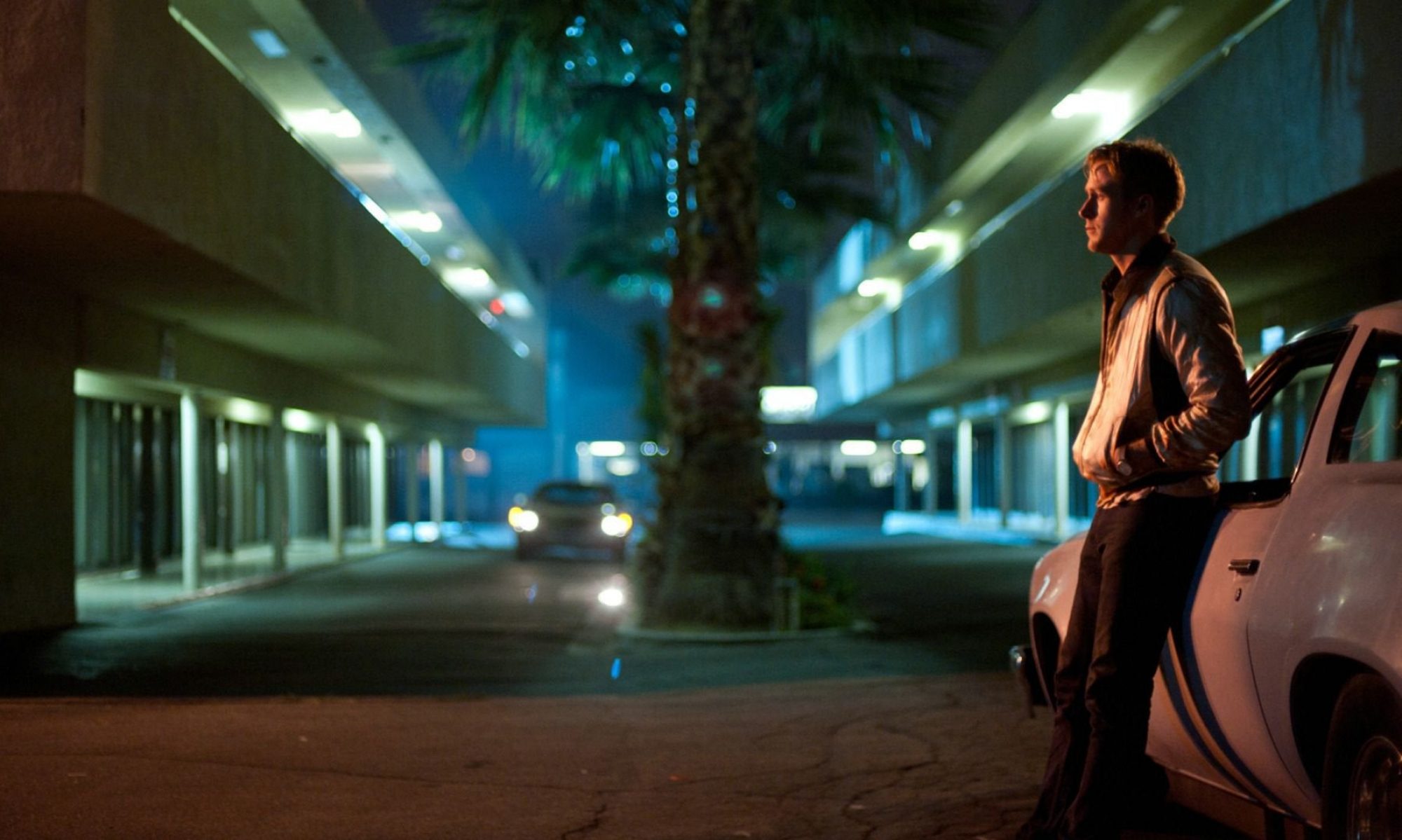First Man has its faire share of explosions and loud soundscapes, as you’d expect from any film depicting the space race. If you have numerous rocket launches on film, you need sound to create that cinematic realism, and lots of it. The opening scene depicting Ryan Gosling’s Neil Armstrong as he completes his journey in the X-15 aircraft sets us up for an action-orientated adventure of booms and blasts.
However, these scenes, while a key part of the film’s narrative, are largely secondary to the moments that depict Armstrong’s daughter Karen and his unspoken grief at her death, which Gosling emotes almost solely through facial expressions. Empire critic John Nugent refers to these as ‘stiff Buster Keaton-esque features’ performed in a particularly ‘internal’ role. Gosling is well-known for his taciturn roles in films like Drive and Blade Runner 2049, but he brings a particular gravitas to the role of a grieving father in Damien Chazelle’s film.
Sound also plays a major role in cultivating emotions of grief that Armstrong refuses to express verbally. After passing away early in the film, composer Justin Hurwitz uses a leitmotif to elegise Karen, employing a gentle harp which gradually evolves into a full blown theremin when Armstrong reaches the moon. But I’ll focus on that scene a moment. First, it’s important to highlight the masterful editing involved with both sound and image as device to depict Karen’s passing. During the first iteration of Hurwitz’s motif, appropriately titled ‘Karen’, the titular figure is lying in bed at home, with Armstrong’s hand stroking through her hair. The camera pans to Armstrong’s concerned facial expression, but quickly cuts back to his hand in extreme close-up, which continues to tentatively feel Karen’s hair strands.
The camera holds this poignant image as Hurwitz’s song continues to play and the camera slowly pans down to Karen’s sleeping face, as an unknown, dislocated sound of a wheel turning starts to be heard. In the next brutal cut, as Hurwitz’s song stops and the wheel sound is still heard, we see the tragic facial expression of Armstrong’s wife Janet (Claire Foy) outside, followed by that of their son Ricky (Gavin Warren), before we finally witness the source of the wheel sound as we watch a small coffin being lowered into the ground. The viewer is disorientated both by the change in location, from internal to external, as well as the loss of Hurwitz’s music and the use of a j-cut with the wheel sound to create sudden, unexpected pathos. It’s a subtle, poignant moment, and it’s a crime that First Man didn’t win the academy award for sound design when there’s so many sophisticated scenes in the film like this.
Moving forward to the scene on the moon, however, even more emotion is created through masterful cinematography and sound. When Armstrong leaves the ship, we hear all of the air swiftly leaving the ship as the scene turns to complete silence. After watching Buzz Aldrin (Corey Stoll) move into the distance, the camera cuts to flashbacks of Armstrong on earth with his daughter Karen before cutting back to Armstrong by a crater, as the Karen leitmotif emerges in harp form. With his visor now removed, revealing his sad expression, the camera cuts to an image of his closed hand, which opens to reveal Karen’s bracelet in his palm, and he lets the item slide into the abyss, with the Karen leitmotif returning in the form of a majestic theremin. We have only witnessed Armstrong holding the object a few times throughout the movie, never mentioning it to another person. By only filming the object sparingly, its symbolic inclusion and sacrifice in the crater scene makes its loss – and Armstrong’s emotional acceptance of the loss of Karen – all the more poignant and heartfelt. It’s a brief gesture, but one that is filled with love, sadness and a final acceptance of death.
